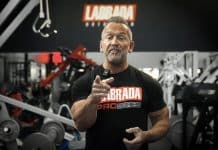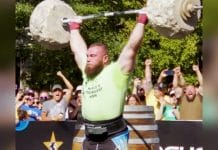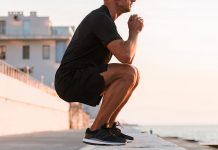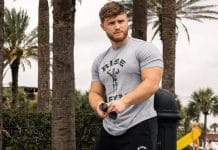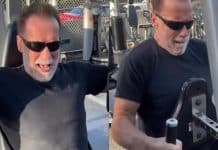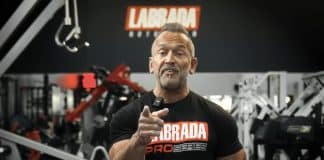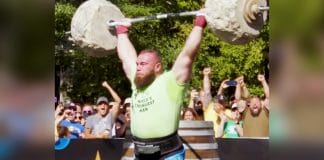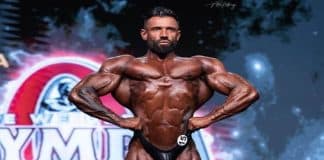Lifting shoes are a staple among powerlifters and Olympic lifters.
Essentially, they have two features that distinguish them from regular training shoes. First, they are hard. A heel cushion can inhibit a lifter’s connection between feet and floor (hence the practice of barefoot deadlifting) and will bleed force between the two. Secondly, it features a heel. This essentially puts the ankle in a more extended position, allowing for greater flexion range relative to the vertical squatting axis.
There are many different factors that can limit depth on a squat. Ankle flexion range is certainly one of them. Many lifters find that wearing a heeled shoe increases their depth. One drawback of course is that it essentially feels as if one is standing facing down a slanted surface, and balance is shifted forward onto the toes.
Essentially, a raised heel will tend to shift the emphasis on a squat from your hips to your legs, if this shift fits your bodybuilding goals, a heeled shoe may be for you. A 2012 study confirmed higher quad activation and less forward lean (resulting in less lumbar stress) during lifts in lifting shoes.
On most exercises where weight is held in front of the body – front squats, over-head press, etc. – the heel is actually a mechanical advantage, acting acts as a mechanical counterbalance to enable a more neutral center of gravity.
Here Phil Heath front squats in Jordans, not a classic lifting shoe, but a fairly high-heeled shoe.
A high bar squat, lifting shoes can be especially helpful. High bar relies on a relatively upright torso throughout the movement to resist forward lean. Low bar squats place greater stress upon the posterior portion of the body, especially around the hip joint. Forward lean due to lower bar positioning means that less flexion is required through the knee and ankle. Lifters executing this type of squat might want to forego the lifting shoe in order to achieve maximal loading through the hip.
Of course, it won’t be practical for every bodybuilder to buy a pair of fancy lifting shoes just to squat. But understanding the advantages of lifting shoes can help you better understand squat mechanics, and might influence whether you elect to wear Chucks or Jordans on your next squat day.
For more news and updates, follow Generation Iron on Facebook, Twitter, and Instagram.



